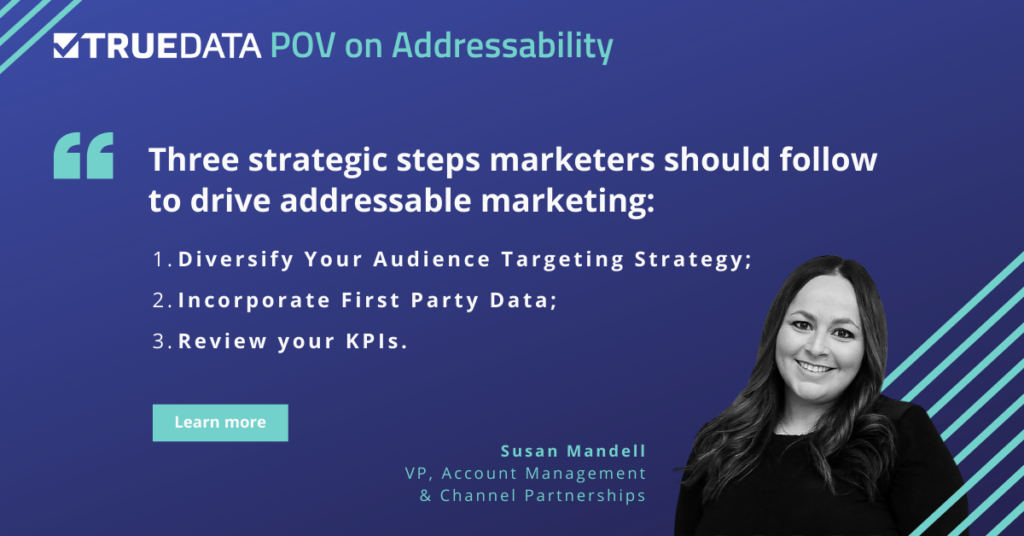April 22, 2021
For digital marketers, the last year included a series of industry announcements that will directly impact approaches to media strategy, targeting, and attribution. Google announced cookie depreciation and API changes while Apple incorporated new features in iOS 14 which will limit the passing of individual user information.
While cookies and mobile ad IDs (MAIDs) have been the primary identifiers to drive addressable desktop and mobile marketing campaigns for the past 20+ years, the ability to target users based on these identifiers at scale in the future will change dramatically. A more consumer-focused, privacy-centric approach will require agility and adaptation even for the most sophisticated marketers.
How will these changes impact marketing efforts?
- Media Strategy: Cookies and MAIDs will fail to provide the ability to drive addressable marketing strategy across traditional programmatic channels at scale. Marketers will need to adjust budgets and tactics to reflect the performance and size of audiences.
- Deterministic Targeting: Data types such as app ownership and usage segmentation to target customers will change as a result of Google’s API updates. Modeled data will be more common and marketers will need to implement new testing frameworks to prove performance of new partners.
- Attribution: Marketers will lose the ability to prove performance via traditional attribution models which require cookies and Apple’s IDFAs (ID for Advertising) – specifically affecting performance marketing across social channels. KPI’s will need to reflect available reporting.
What should marketers do next?
- Diversify Your Audience Targeting Strategy: Ask your data partners how they are handling interoperability. Utilize third party data segments which are able to connect alternative identifiers such as hashed emails, home IP addresses, and UID 2.0 for identity resolution.
- Incorporate First Party Data: Map your client’s invaluable first party data sets to these new unified identifiers to drive your addressable marketing strategy. Make sure you have the flexibility you need with your onboarding partner.
- Measure Results: Review your KPIs and revise goals to reflect the changes in attribution models to get ahead of client concerns regarding performance decline which will be out of your control.
Time and time again, we’ve seen how innovation creates opportunities to grow. After all, this industry is not new to change – GDPR? CCPA? Facebook deprecation of third party data segments? Pop-up ads? There is no doubt that innovation will drive addressability forward to deliver on KPIs and show unprecedented ROAS.
What are you doing to embrace these changes? TrueData is here to help answer your questions and prepare for the future.



